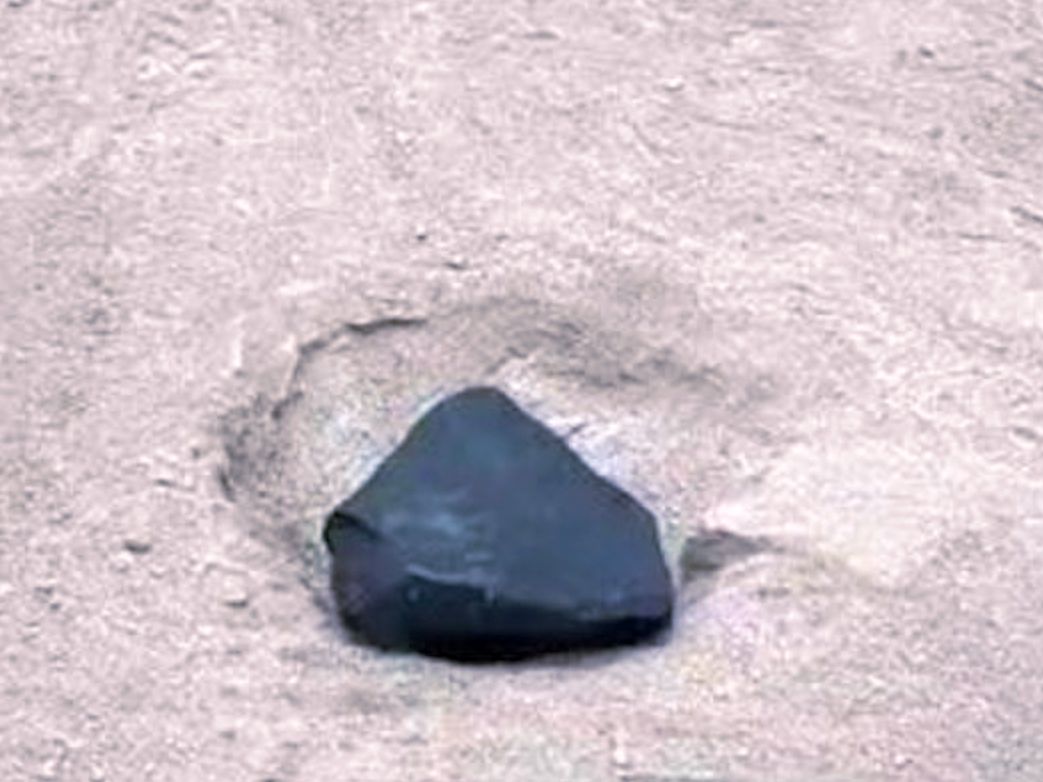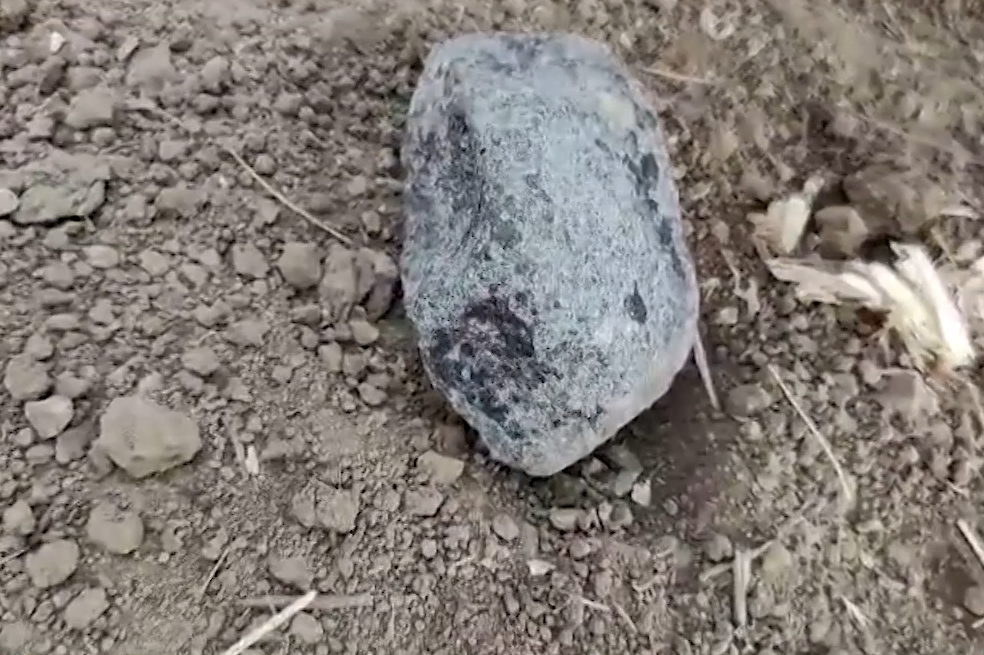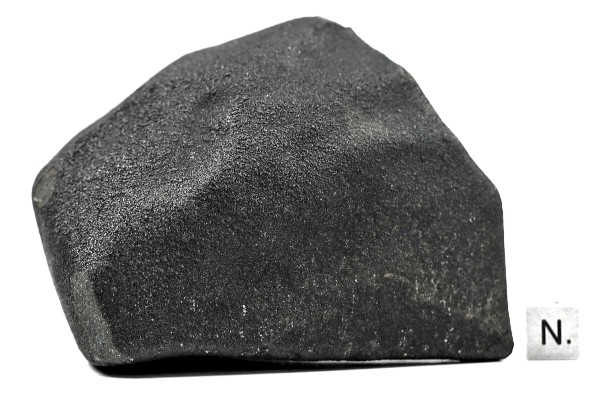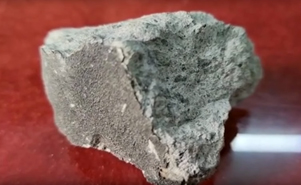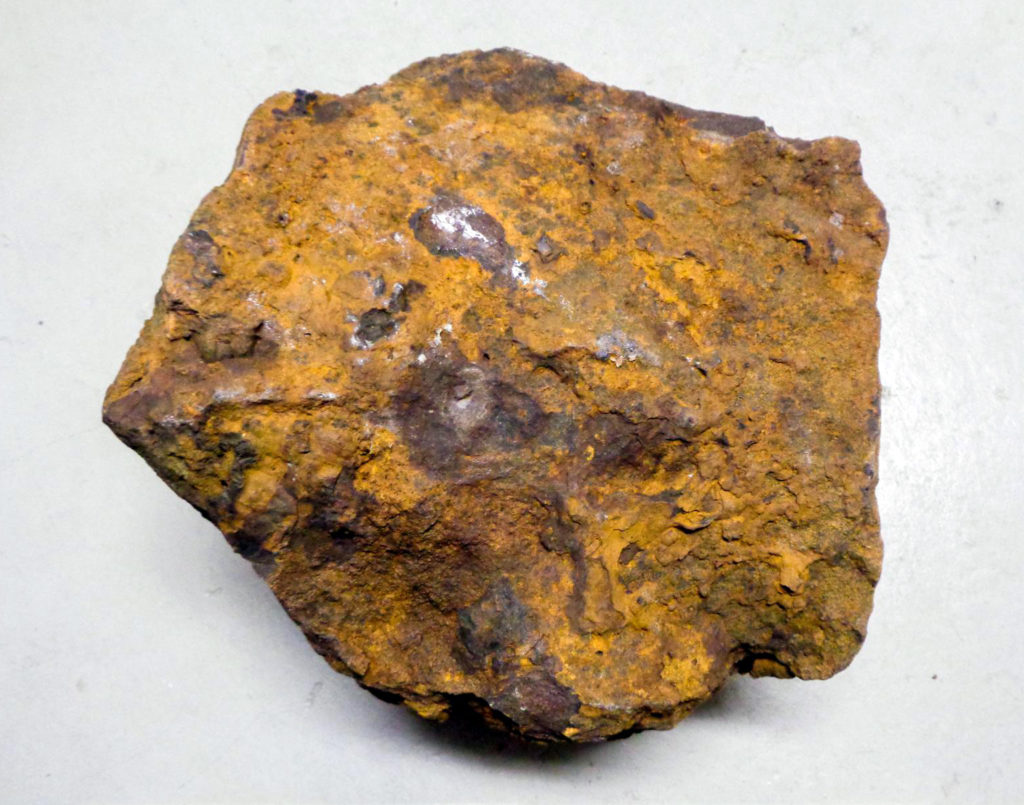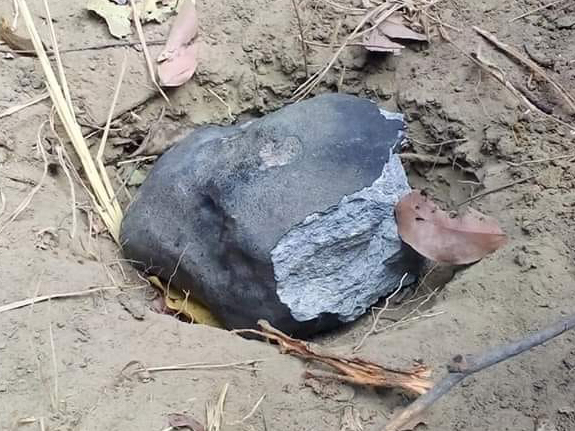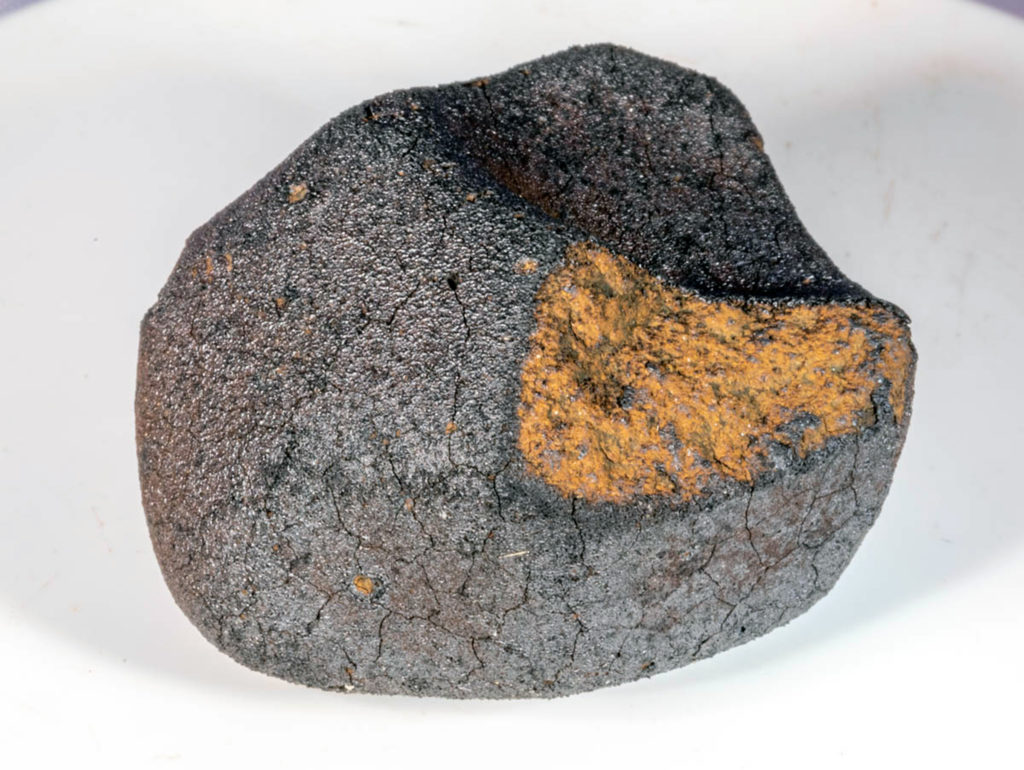Rare Phosphides and Nitrides in Igneous Clasts within Aqueously Altered ChondritesOPEN ACCESS
Lucas. R. Smith, Pierre Haenecour, Jessica J. Barnes, Kenneth Domanik, Yao-Jen Chang and Dolores Hill
The Planetary Science Journal, Volume 6, Number 5, Published: 27 May 2025
LINK (OPEN ACCESS)
PDF (OPEN ACCESS)
“Chondritic meteorites and their components provide us with the means to investigate the conditions and processes in the early solar system, including the delivery of bio-essential elements, such as phosphorus, to the early Earth. In this work, we report on three additional identifications of the rare phosphide mineral andreyivanovite (FeCrP) and the first identifications of the related phosphide allabogdanite ((Fe,Ni)2P) and the nitride carlsbergite (CrN) in carbonaceous chondrites. We investigated multiple clusters of individual clasts in the C2-ungrouped chondrites Tarda and Tagish Lake and a single clast bearing andreyivanovite in the CM2 chondrite Moapa Valley, more than doubling the previously known extraterrestrial occurrences of this mineral. In all three meteorites, andreyivanovite was identified in distinct clasts as elongated lathes set in a groundmass of phyllosilicate minerals. The related phosphide allabogdanite and the Cr-nitride carlsbergite, both of which are found in iron meteorites, were identified in association with andreyivanovite in Tarda, providing further evidence that andreyivanovite and its host clasts in meteorites originally formed by solidification from a melted precursor and survived subsequent aqueous alteration that formed the phyllosilicate groundmasses. Furthermore, the difficulty of detecting allabogdanite and andreyivanovite without dedicated surveys, combined with the high abundance of andreyivanovite-bearing clasts observed in Tarda and Tagish Lake, suggests that andreyivanovite may be more common than previously thought and may be an important phase in the delivery of phosphorus to the early Earth.”

